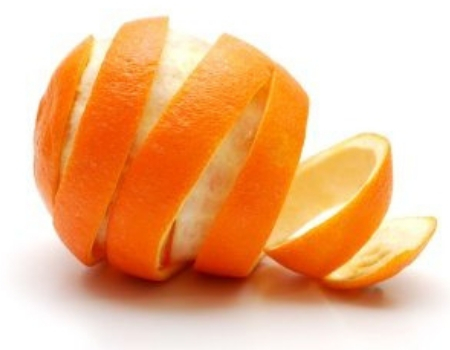 “Orange waste is of great interest in Spain, as Spain is the largest producer of oranges in the EU and is ranked fifth overall in the world.”
“Orange waste is of great interest in Spain, as Spain is the largest producer of oranges in the EU and is ranked fifth overall in the world.”
An eco-friendly material made from orange peels could be used in the packaging and agricultural sectors, according to Spanish researchers working on a circular economy project called MIPLASCOE. Essentially, the researchers are aiming to recover the wastes generated in the orange juice sector in order to produce bio-plastic.
Like plastic, when dried the material is tough and malleable. Unlike plastic, it is also biodegradable.
A number of Spanish companies are working on the MIPLASCOE project.The project consortium is formed by J. GARCIA CARRION, AGROCODE, CANAGROSA, PLASTIPAK, LISANPLAST, AZVI, and research organisations AIMPLAS (@aimplas), Polytechnic University of Valencia (UPV) and the University of Sevilla (@unisevilla).
Pilar Villanueva, senior researcher and R&D project leader at AIMPLAS, told Bio-Based World News that researchers are able to extract different monomers by microbial fermentation and the synthesis of bio-polyesters.
Speaking to Bio-Based World News, Villanueva said: The waste from the production of juices is of interest as a source of fermentable sugars. The more sugars that can be extracted from the waste, the better the yield of the valorisation process through fermentation. According to different studies, the proportion of carbohydrates in the skin of the orange is around 25% of the fresh weight.
The fermentable sugars from the orange waste have been used by the selected microorganisms to produce different monomers of interest for the production of bio-plastics.
Orange waste is of great interest in Spain, as Spain is the largest producer of oranges in the EU and is ranked fifth overall in the world, according to Villanueva. However, this industry also generates around 1.2 million tonnes of waste.
According to Villanueva, waste valorisation is an attractive concept that is growing in popularity. She said that the results obtained from the MIPLASCOE project can be extrapolated to obtain chemical building blocks from other agroindustrial waste, as fermentable sugars can be produced from other food waste products.
However, the project has not always been plain sailing and has had challenges.
Villanueva said that one of the most challenging aspects of the research has been the conservation of orange waste until its use. She explained: The conservation of waste from the orange industry, being a source of sugars usable by microorganisms, needs to be stabilised immediately after its generation to inhibit the growth of bacteria and fungi that could consume part of the sugar they contain.
Due to the origin of monomers, impurities are expected in the final product but a high purity monomer has been obtained after purification methods.
Villanueva said that the bio-plastic is expected to be used in “injected bottles for orange juice packaging” and extruded profiles suitable for the railway sector. However, bio-polymer used in the packaging and agricultural sector has garnered the most interest, she said.
This is not the first project to have explored the use of orange peels used for bio-plastics. Israel-based compostable packaging company Tipa has also been inspired by food waste to turn it into alternative plastic packaging. Its packaging is bio-based, 100% compostable and has similar mechanical and shelf-life properties to ordinary plastic.
At AIMPLAS, researchers have observed that depending on the processing conditions they can obtain bio-polymers with different molecular weights, so the material developed can be customised for the processing technology and with different mechanical properties.
The project is still ongoing, Villanueva said the researchers involved in the development are now encouraging the partners involved in the project to upscale the process of fermentation to produce higher amounts of monomers and produce biodegradable bottles at industrial level to package orange juice, among other things.
 You may also be interested in reading…
You may also be interested in reading…
Reading:How orange peel is inspiring a new alternative to plastic packaging.
Reading:NatureWax is lighting the way for un-bee-lievable bio-based products
Visit:World Bio Markets, 1st-3rd April 2019, Amsterdam.
NEW!And available to download: Issue #12 of the Bio-Based World Quarterly.





